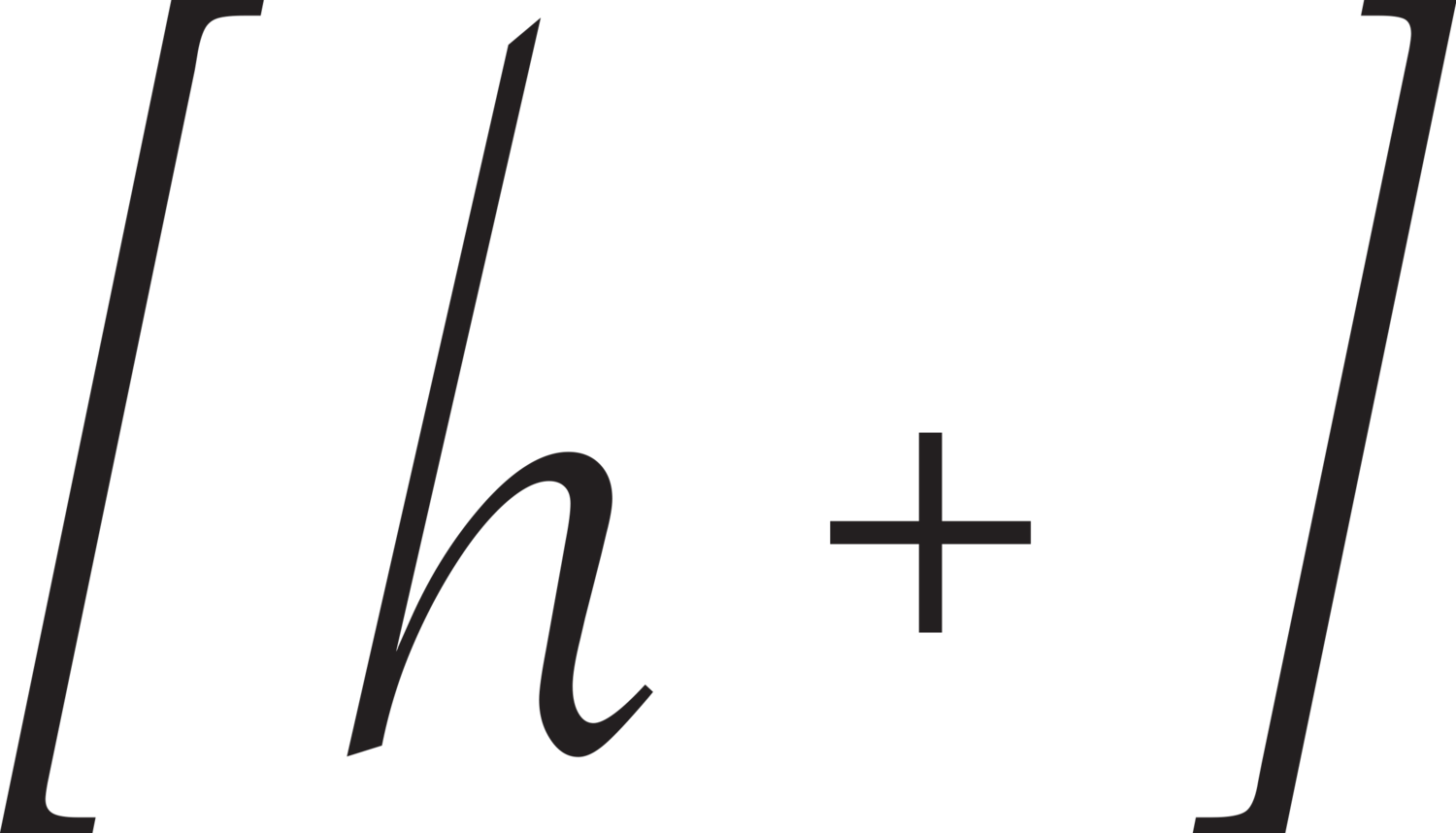How to train for Hyrox. Part 2
How do you implement an effective and relevant strength training programme for events like hyrox, spartan or other OCRs, trail runs and even ultra trail runs?
The thing that ties all these events together in terms of main outcomes for strength training, is also the thing that strength training is most useful for: injury prevention. Aka, making sure you actually get to the start line of the event you set out on.
But how do you make a training programme relevant (or sport specific) to the event? This is where good strength coaching comes in. A good coach will be concerned with the following things :
Energy system demands being placed on the athlete (discussed in previous post)
Joint angles demanded by the sport
tendon stiffness required by the sport
They should also be mindful of the skill set required for the event, BUT - they shouldn’t confuse training the skill set as a legitimate form of athletic development. The two are not the same, and I see a lot of people doing what they assume to be “sport specific” workouts that mirror the event - when in reality, that aspect might be better used as a relevant warm up to reinforce the motor patterns needed, or used as a conditioning circuit that reflect intervals of the energy system requirements for the event, especially when performed under fatigue.
For example, doing a whole session of wall balls, rowing and sled pushes is a bit of a waste of time, in my opinion, when the athlete could be spending time getting stronger and better conditioned, in order to complete those tasks in a faster and more efficient way…
With regards to joint angles - what this means is that exercise selection can be reflective of what the athlete needs, or more importantly, doesn’t need to do. An ultra runner doesn’t need to be able to squat ass to grass, but they may benefit a lot from single leg strength work (step ups/downs). A hyrox competitor on the other hand will probably need to develop some ability to squat to depth, on account of the wall balls element.
To continue this thought chain into another area that I see as a bit of a waste of time for hyrox and these other events, is trying to use olympic lifting to help an athlete develop “power”.
Main error - don’t take up something that will not have enough carry over to the event because it is a separate skill set entirely.
Olympic lifting is not the best way to develop power in an athlete, even more so if they have never done it before. If it’s necessary for the event - aka CrossFit or (you guessed it) Olympic Lifting, then it’s relevant.
Well executed plyometric work will have a far greater carry over, and this is what I mean by tendon stiffness - the ability to absorb and reapply force in movements that are directly relevant to the demands of the sport or event.
To sum up - don’t do workouts that look like the event - spend time becoming a stronger and fitter athlete for the majority of the training programme, and pay specific regard to the skill set required but don’t replace legitimate training with pseudo “sports specific” training sessions.
